Nettle Garden Fertilizer: Information On Making And Using Nettles As Fertilizer
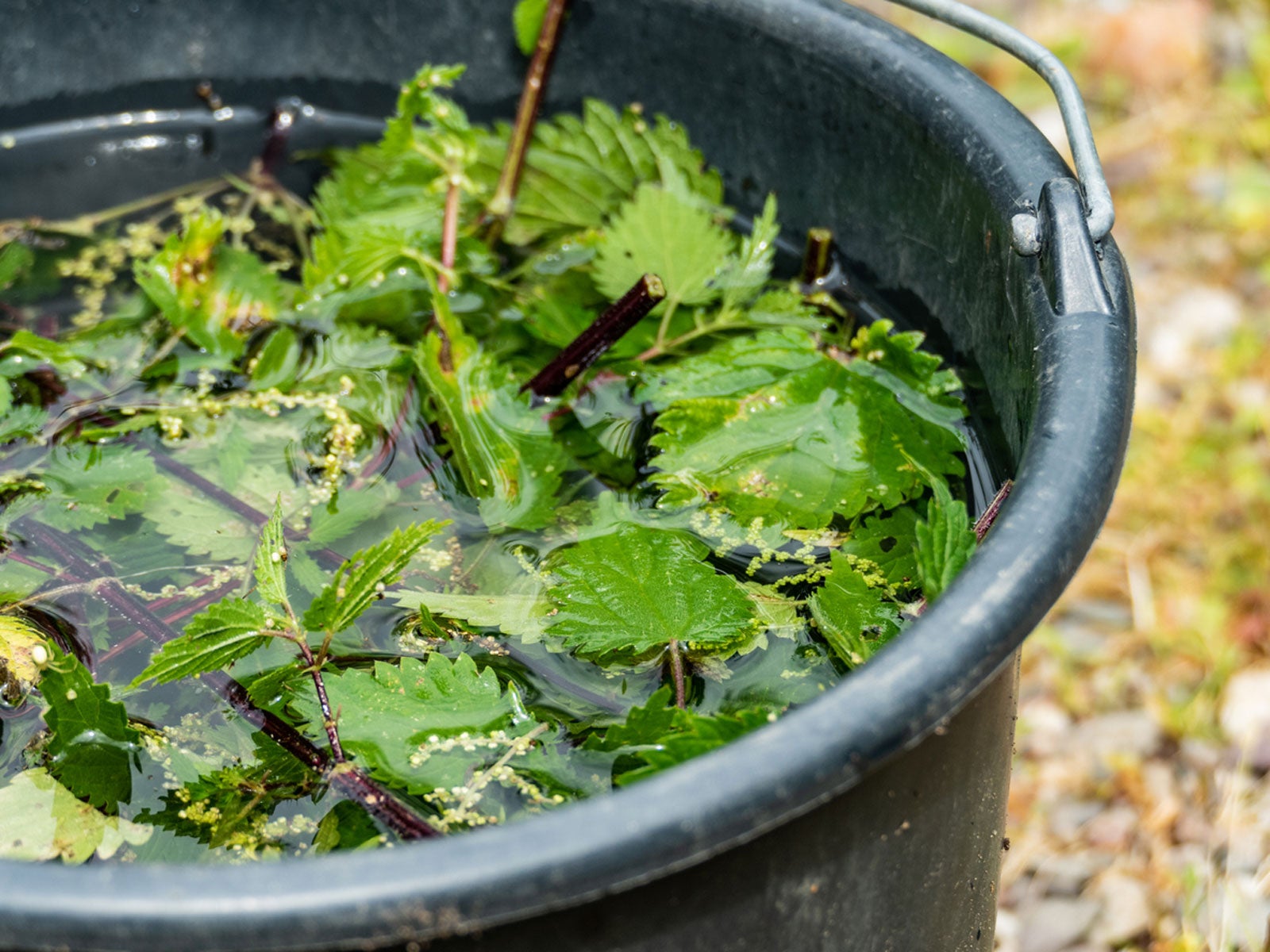
Weeds are really just plants that have evolved to self-propagate rapidly. To most people they are a nuisance but to some, who recognize they are just plants, a boon. Stinging nettle (Urtica dioica) is one such weed with a variety of beneficial uses from a food source to a medicinal treatment to nettle garden fertilizer. The nutrients in stinging nettle fertilizer are those same nutrients the plant contains which are beneficial to the human body such as many minerals, flavonoids, essential amino acids, proteins, and vitamins. A nettle leaf plant food will have:
These nutrients, along with Vitamins A, B1, B5, C, D, E, and K, combine together to create a tonic and immune builder for both the garden and the body.
How to Make Stinging Nettle Manure (Fertilizer)
Nettle garden fertilizer is also referred to as stinging nettle manure, both because of its use as a food source for plants and also possibly in reference to its smell as it brews. There is a quick method for making nettle fertilizer and a long-range method. Either method requires nettles, obviously which can either be picked in the spring or purchased at a health food store. Be sure to wear protective clothing and gloves if picking your own nettles and avoid picking near a road or other area where they may have been sprayed with chemicals. Quick method: For the quick method, steep 1 ounce (28 g.) of nettles in 1 cup (240 ml.) of boiling water for 20 minutes to an hour, then strain the leaves and stems out and toss in the compost bin. Dilute the fertilizer 1:10 and it's ready for use. This quick method will give a subtler result than the following method. Long-range method: You can also make nettle garden fertilizer by filling a large jar or bucket with the leaves and stems, bruising the foliage first. Weight down the nettles with a brick, paving stone, or whatever you have laying around and then cover with water. Only fill three-quarters of the bucket with water to allow room for the foam that will be created during the brewing process. Use non-chlorinated water, possibly from a rain barrel, and set the bucket in a semi-sunny area, preferably away from the house since the process will likely be a tad smelly. Leave the mix for one to three weeks to ferment, stirring every couple of days until it stops bubbling.
Using Nettles as Fertilizer
Finally, strain out the nettles and dilute the concoction at one part fertilizer to 10 parts water for watering plants or 1:20 for direct foliar application. It can be added to the compost bin to stimulate decomposition as well. When using nettles as fertilizer, remember that some plants, like tomatoes and roses, do not enjoy the high iron levels in nettle fertilizer. This fertilizer works best on leafy plants and heavy feeders. Start with low concentrations and move on from there. Use some caution when using nettles as fertilizer since the mixture will undoubtedly still contain prickles, which can be quite painful. This free, albeit somewhat stinky, food is easy to make and can continue to be topped off through the year by adding more leaves and water. At the end of the growing season, simply add the nettle dregs to the compost bin and put the whole process to bed until spring nettle picking time.
Gardening tips, videos, info and more delivered right to your inbox!
Sign up for the Gardening Know How newsletter today and receive a free copy of our e-book "How to Grow Delicious Tomatoes".

Amy Grant has been gardening for 30 years and writing for 15. A professional chef and caterer, Amy's area of expertise is culinary gardening.
-
 Looking For Plants To Give You The Soft And Fuzzies? Try These 5 Fuzzy Leaf Plant Options
Looking For Plants To Give You The Soft And Fuzzies? Try These 5 Fuzzy Leaf Plant OptionsLovers of texture, drama, silver foliage and tactile plants will adore these special sensory garden additions. These fuzzy leaf plant options will leave you all aglow
By Susan Albert
-
 Get Ready For A Summer Of Hummers! Grow These Full Sun Hummingbird Plants and Flowers
Get Ready For A Summer Of Hummers! Grow These Full Sun Hummingbird Plants and FlowersIf you’re lucky enough to enjoy a sunny backyard, make sure you are maxing out on your pollinator opportunities and grow these full sun hummingbird plants and flowers
By Tonya Barnett
-
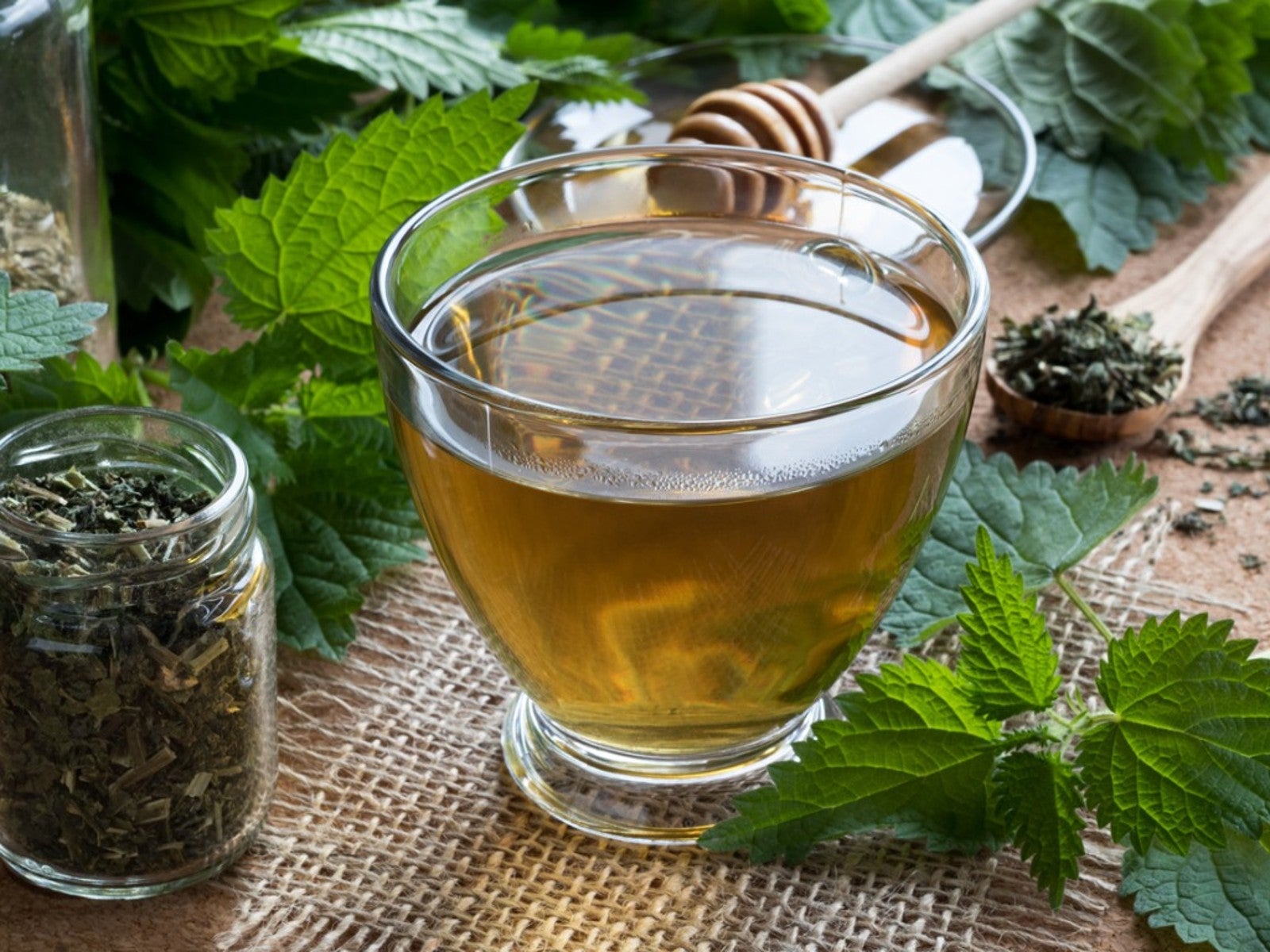 Stinging Nettle Tea: Health Benefits Of Nettle Tea And How To Brew A Cup
Stinging Nettle Tea: Health Benefits Of Nettle Tea And How To Brew A CupStinging nettle tea is rich in vitamins, minerals, and antioxidants. Read on to learn about nettle tea benefits and how to make nettle tea.
By Amy Grant
-
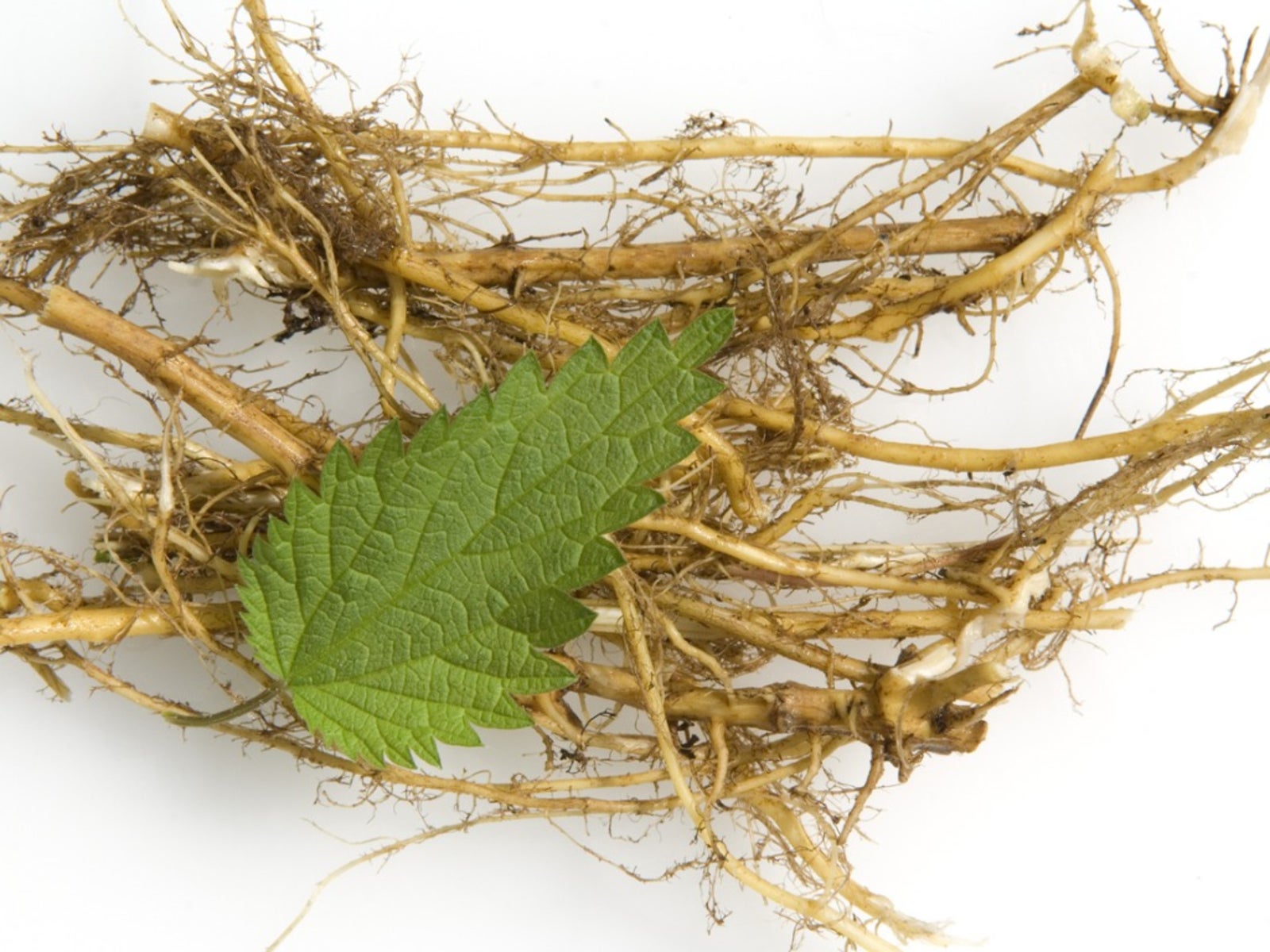 Harvesting Nettle Root: Uses For Stinging Nettle Root
Harvesting Nettle Root: Uses For Stinging Nettle RootHarvesting nettle root requires finesses and caution. Some tips and tricks on how to harvest stinging nettle roots without getting bitten by the stingers can help keep you safe as you collect this potentially troublesome, yet beneficial, plant. This article can help.
By Bonnie L. Grant
-
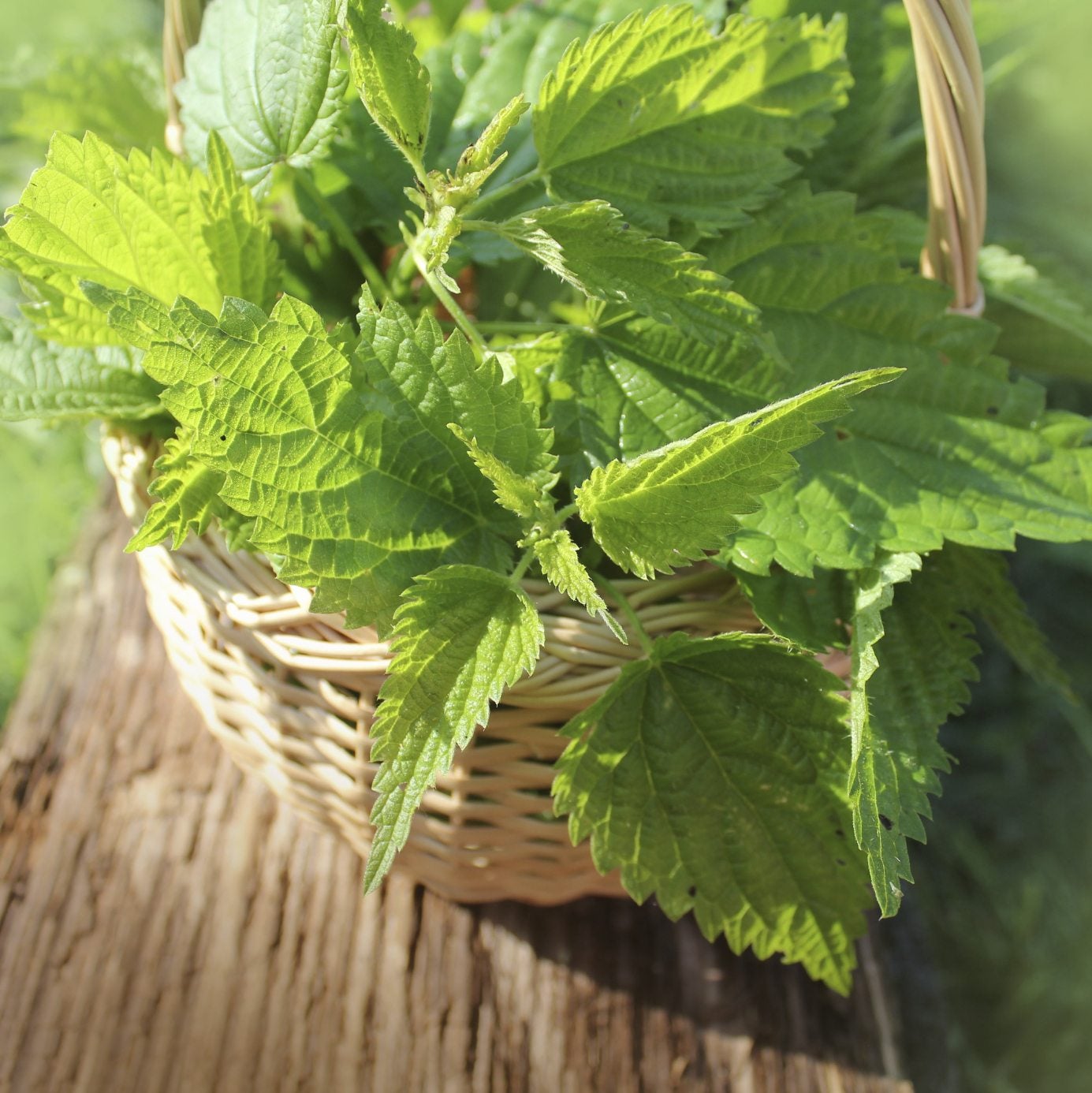 Stinging Nettle Greens: Tips For Growing Nettle Greens In The Garden
Stinging Nettle Greens: Tips For Growing Nettle Greens In The GardenStinging nettle greens have been used for centuries for a wealth of health issues. It?s no wonder since the greens are loaded with antioxidants. Health benefits aside, stinging nettles are also delicious. Learn more about growing nettle greens in this article.
By Amy Grant
-
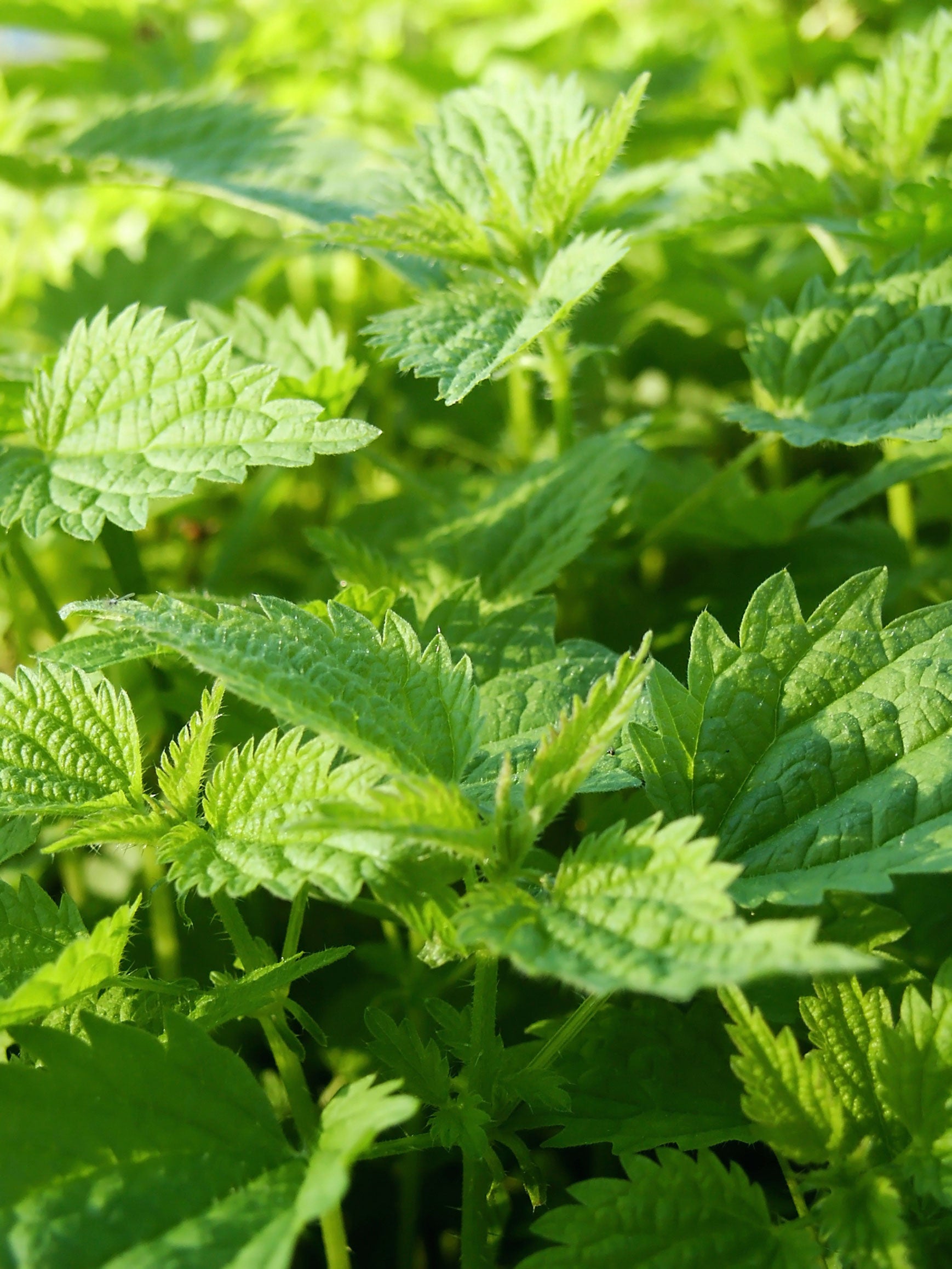 Controlling Stinging Nettle: Getting Rid Of Stinging Nettle Weeds
Controlling Stinging Nettle: Getting Rid Of Stinging Nettle WeedsMost of us have heard or know of stinging nettle. It is common in yards and can become quite the nuisance. For those unsure of what it is or how to get rid of it, information about its control is important. Learn more here.
By Amy Grant